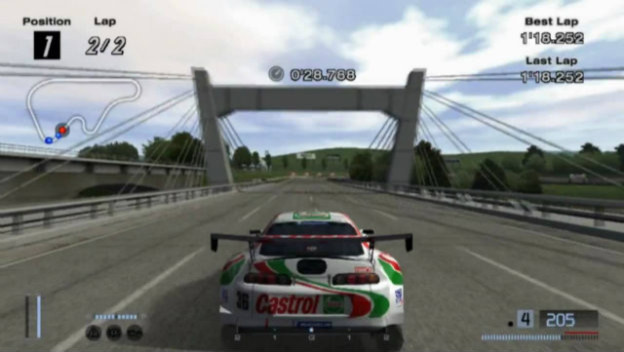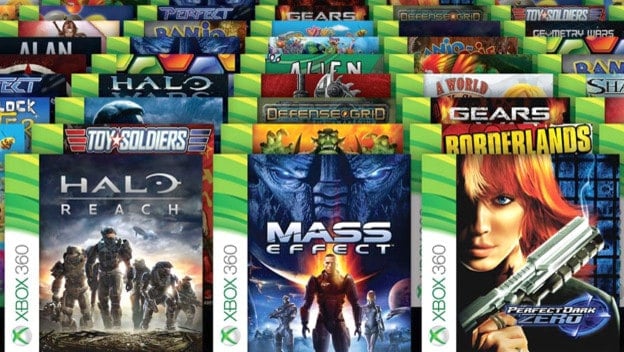Backwards compatibility has been a question for the ages, ever since we started getting systems that could play older games. The Game Boy Advance, Wii, PlayStation 2, Nintendo DS, Nintendo 3DS, and early PlayStation 3s were godsends, allowing people access to previous generations while enjoying new games. But two comments lately call the whole concept of backwards compatibility into question, even as the feature acts as one of the Xbox One’s triumphs. Is backwards compatibility as viable and desirable as it appears, especially going forward?
The first comments come from Jim Ryan, Head of Global Sales and Marketing, is not a fan. When he spoke to Time , he said, “When we’ve dabbled with backwards compatibility, I can say it is one of those features that is much requested, but not actually used much.” He also went on to say, “That, and I was at a Gran Turismo event recently where they had PS1, PS2, PS3 and PS4 games, and the PS1 and the PS2 games, they looked ancient, like why would anybody play this?”
Both are assertions that do not make sense. After all, Sony goes out of its way to release PlayStation 2 games on the PlayStation 4 as PS2 Classics. It spent years selling PlayStation and PlayStation 2 games for the PlayStation 3. The whole selling point of PlayStation Now is to have PlayStation 3 games on-demand. Yet Ryan is disparaging backwards compatibility entirely. If “they looked ancient” and the feature was “not actually used much,” then why does the company keep trying to sell us ways to let us play their games?
As is, only one of his points does have merit. Ryan said the feature wasn’t used much. A recent Ars Technica report on the Xbox One and its backwards compatibility feature confirms that. It tracked 1.65 billion minutes of gameplay from about 1 million Xbox One Gamertags over about five months to see what services they were using. Each person only spent about 23.9 minutes on backwards-compatible games. That does suggest that it isn’t used as much as it is demanded.
But, maybe the important thing here is that it is being used. Backwards compatibility might not be the most used application and falls behind Xbox One and media apps, but there is still a presence. That is important. That Microsoft is also giving away backwards compatible games with Games with Gold is another important factor, showing that these games can act as an incentive and make a difference for people. I only bought an Xbox One after backwards compatibility was announced and, while I don’t play that system often, believe the hours I have invested in Xbox 360 games made the feature’s inclusion worth it.

It seems like companies only talk down about backwards compatibility when it is not earning them money. Ryan is happy to say the feature does not make sense is not wanted. But Sony has no problem with ports, subscription services, and updates that let them charge for these titles again instead of allowing us to use games we already have. Microsoft may not see backwards compatibility as being the most valuable thing, but it being there gives them something to pad out Games with Gold and tout as an exclusive feature. Even Nintendo is going to use classic games as a selling point for the Switch’s online service, offering people access to retro games with online functionality for subscribing.
Perhaps we are entering a feature where we can assume backwards compatibility is likely, but only when companies can profit off of it. When they can use them to sell a subscription service or resell copies of games we already own, Sony, Microsoft, and Nintendo may be all in. But perhaps the Xbox One and 3DS will end up being the last true systems to work with their predecessors’ games, and everyone else will decide customers are gullible enough to keep buying the same games over and over again.
